Transforming Negativity into Growth: 2 Strategies for Educational Leaders
Transforming Negativity into Growth: 2 Strategies for Educational Leaders

One Thought to Consider:
Life is hard, and sometimes, hurt people hurt people. As educational leaders, it’s crucial to support our colleagues who are struggling while also protecting our own well-being. It can be particularly challenging to support individuals who project negativity, as their behavior can be draining and disruptive. However, it is our responsibility as leaders to not give up on them. Our role involves guiding, mentoring, and fostering a positive environment. By helping our colleagues through their difficult times, we not only aid their personal growth but also strengthen the overall community. Demonstrating patience, empathy, and resilience can inspire them to overcome their struggles and contribute positively.
Two Strategies to Consider:
1. Practice Empathy and Active Listening:
Understand that their negativity often comes from a place of pain. Show empathy by acknowledging their feelings and listening actively to their concerns. This helps them feel heard and valued.
Things you can say as a leader:
- I can see that you're going through a tough time. Let's talk about what's been bothering you.
- Your feelings are valid, and I'm here to support you. How can I help?
- I appreciate you sharing this with me. Let's work together to find a solution.
2. Set Boundaries with Compassion:
While empathy is crucial, it's also important to protect your well-being. Clearly communicate acceptable behaviors and enforce boundaries consistently to maintain a respectful environment.
Things you can say as a leader:
- I understand you're upset, but it's important to maintain respect in our conversations.
- We need to set some ground rules to ensure a positive environment for everyone.
- I care about your well-being, but we also need to ensure that our interactions remain constructive.
One Question to Consider:
How can you balance empathy and boundary-setting to create a supportive and positive environment for both yourself and your colleagues?
By implementing these strategies, we can create a supportive and positive environment that fosters growth and understanding. Let’s lead with empathy and purpose, transforming challenges into opportunities for growth.
Until we meet again: Be a Leader. Be a Learner. Be Kind.
- Dr. Roy Bishop, Jr.
Ready to take your leadership skills to the next level? Click Here to sign up for a complimentary 1-hour leadership consultation with me today! Let's work together to equip you with everything you need to achieve greatness!
Check out our website at www.jointhebeteam.com for more tips, tools, and resources for leaders!
share this
Related Articles



STAY UP TO DATE
the latest from the be team
Receive an alert anytime a new post drops
Contact Us

